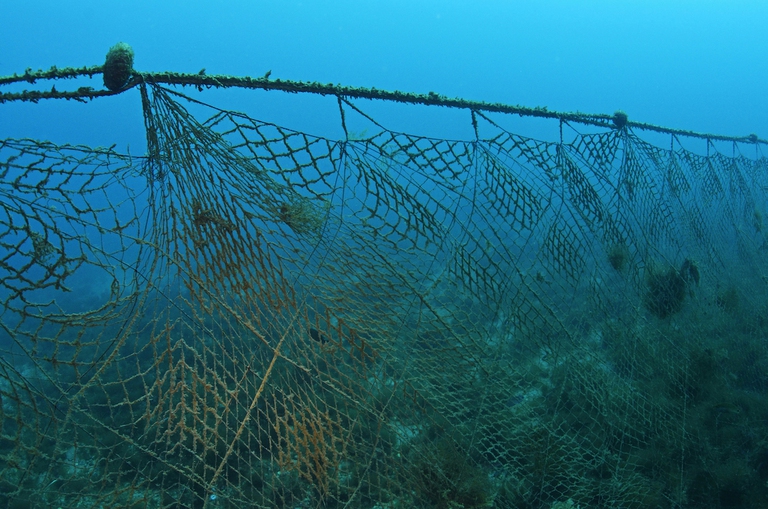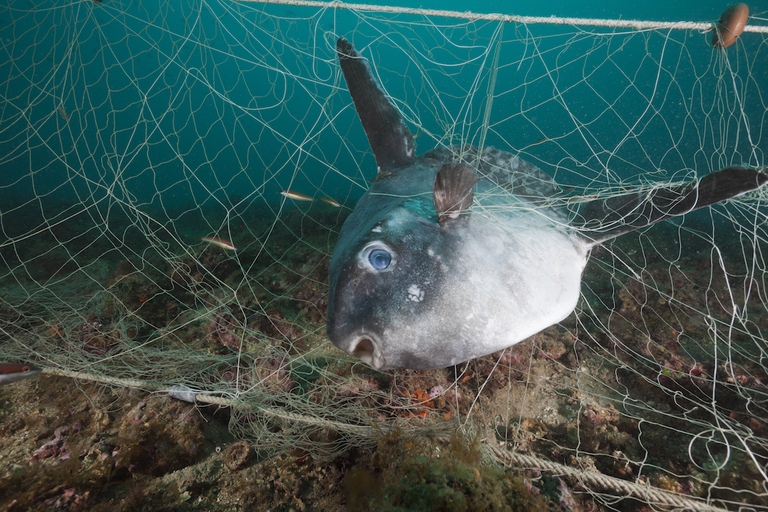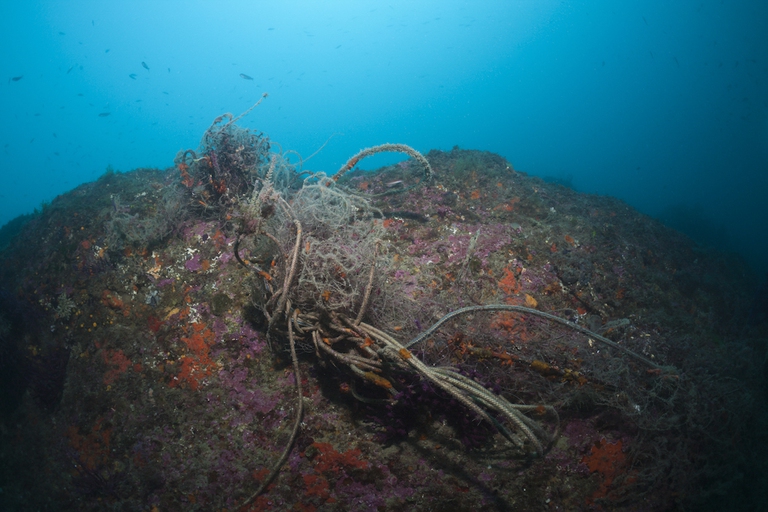
Our species took its first steps in a world covered in trees. Today, forests offer us sustenance, shelter, and clean the air that we breathe.
What is ghost fishing and why is it a problem All fishing nets, lines and traps that get lost or abandoned at sea continue to operate long after we lose track of them. The main resulting threat for the marine environment is so-called ghost fishing: abandoned floating nets keep catching fish and other marine animals
All fishing nets, lines and traps that get lost or abandoned at sea continue to operate long after we lose track of them. The main resulting threat for the marine environment is so-called ghost fishing: abandoned floating nets keep catching fish and other marine animals for decades, unattended.
Ghost fishing can affect commercially important fish stocks, resulting in high wastage (up to 30 per cent of the fish that is brought ashore) that can compromise the viability of both the fishing industry and fish populations. Other marine megafauna (for example, turtles, seabirds or marine mammals) can also get trapped in this derelict gear and die. In addition, discarded nets contribute to pollution and accumulation of debris in our oceans, adding to high levels of microplastics and releasing toxic compounds (lead, for example) that accumulate in the food web. Floating gear also offers a means for invasive species to travel over large distances and occupy non-native habitats. And when it sinks, it can affect the biological communities living on the seafloor.
The problem of derelict gear and ghost fishing has become more pressing with the advancement of technology, which has led to the geographical expansion of fishing efforts and the use of synthetic, more durable and buoyant fishing materials. These materials may take decades to degrade, and their impact on the oceans is therefore long term and large scale. This is particularly problematic for gillnets, which trap fish by their gills. Gillnets and other passive gear that capture organisms swimming into them are generally made of nylon and therefore maintain high fishing efficiency for many years. When possible, the removal of these ghost nets can be extremely expensive.
In a recent study published in the scientific journal Animal Conservation, researchers from the National Institute of Fisheries Science in Korea, in collaboration with FAO, presented an alternative biodegradable material for gillnets. This new polymer gets degraded by microbes after only 2 years in seawater, substantially reducing the potential duration of ghost fishing. At the same time, the nets would remain economically viable, since the material ensures catch rates similar to conventional nylon nets.
Experts caution that this is not the panacea for tackling ghost fishing. Biodegradable nets might break or get lost more easily than standard nets. They are also likely to cost more and, as a result, fishermen may be less inclined to adopt them. In general, in addition to remedies to lost gear, cheaper preventative measures should be put in place to reduce the amount of gear that gets discarded in the first place. However, if integrated into a wider management framework that includes strategies to mark nets, reduce loss and improve recovery, biodegradable materials could play an important role in shortening the impact of discarded fishing gear, thus reducing its socioeconomic and conservation costs.
Siamo anche su WhatsApp. Segui il canale ufficiale LifeGate per restare aggiornata, aggiornato sulle ultime notizie e sulle nostre attività.
![]()
Quest'opera è distribuita con Licenza Creative Commons Attribuzione - Non commerciale - Non opere derivate 4.0 Internazionale.
Our species took its first steps in a world covered in trees. Today, forests offer us sustenance, shelter, and clean the air that we breathe.
Poachers in Africa are encroaching on wildlife land and killing rhinos in travel hot spots now devoid of visitors due to the coronavirus pandemic.
Actor and environmental activist Leonardo DiCaprio has contributed two million dollars to a fund to protect Virunga National Park in Congo from threats such as terrorism, the coronavirus and poaching.
For the first time in seventeen years, Iceland’s two main whaling companies won’t resume whale hunting. The announcement concerns this year’s season but could carry into the future.
The relationship between the coronavirus and wildlife is complex: while the pandemic may lead to a reduction in the illegal trade in wild animals, it may also encourage it in other respects.
The largest coral reef in the world is severely threatened by climate change, but researchers are developing strategies that could contribute to saving the Great Barrier Reef.
NGO Free the Bears has opened a mountain sanctuary for moon bears in Laos. With the government’s help, it aims to close all bile farms by 2022.
Seychelles have extended its marine protected area, which now covers over 400,000 square kilometres, an area larger than Germany.
The tapir was reintroduced into Brazil’s Atlantic Forest, the country’s most at-risk ecosystem. The species can play a key role in the forest’s recovery.










